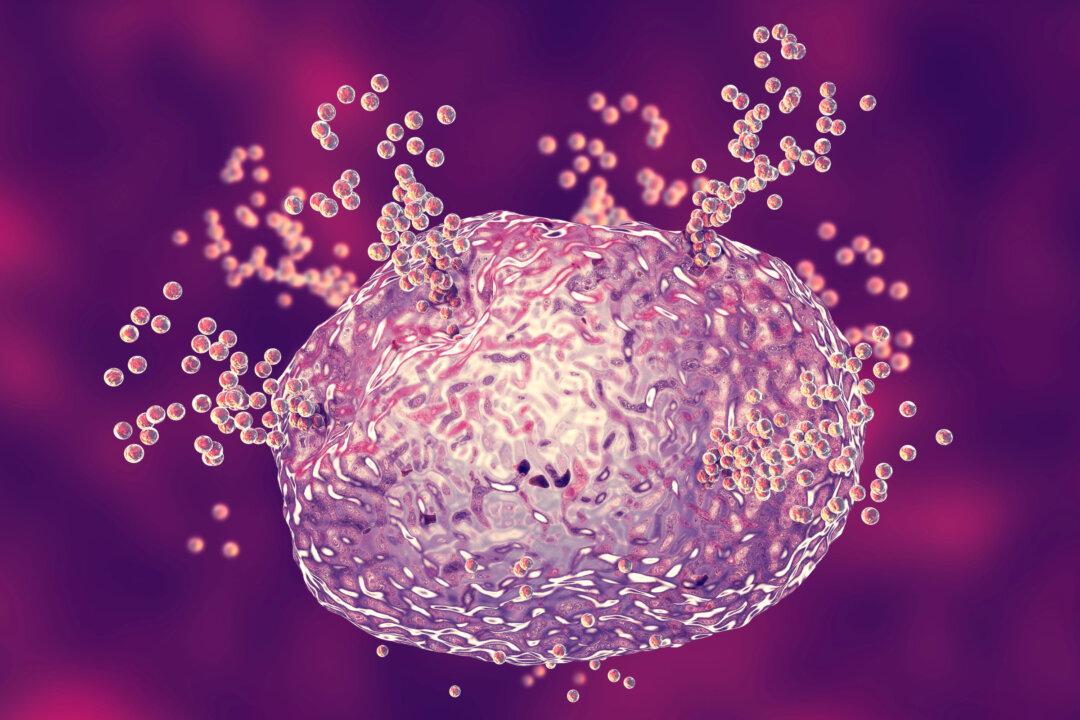We live in a nutrient-depleted world. Despite working hard to make health-promoting choices, it’s difficult to achieve optimal levels of the vitamins, minerals, and nutrients our bodies need. Unfortunately, we live in an age of chronic stress, ubiquitous environmental toxins, and nutrient-depleted soil and food. This leads to nagging symptoms and chronic health conditions. Thankfully, intravenous (IV) therapy can offer individualized nutrition that’s administered right into the bloodstream.
Recently, IV therapy has become widely utilized in functional and integrative medicine clinics along with being a topic of conversation within health and wellness circles. In the 1960s, Dr. John Myers understood the importance of utilizing IV administration of vitamins and minerals. He’s well-known for his “Myers cocktail” that offered his patients numerous health benefits. Since that time, variations of the Myers cocktail have been used by many doctors in practice.






